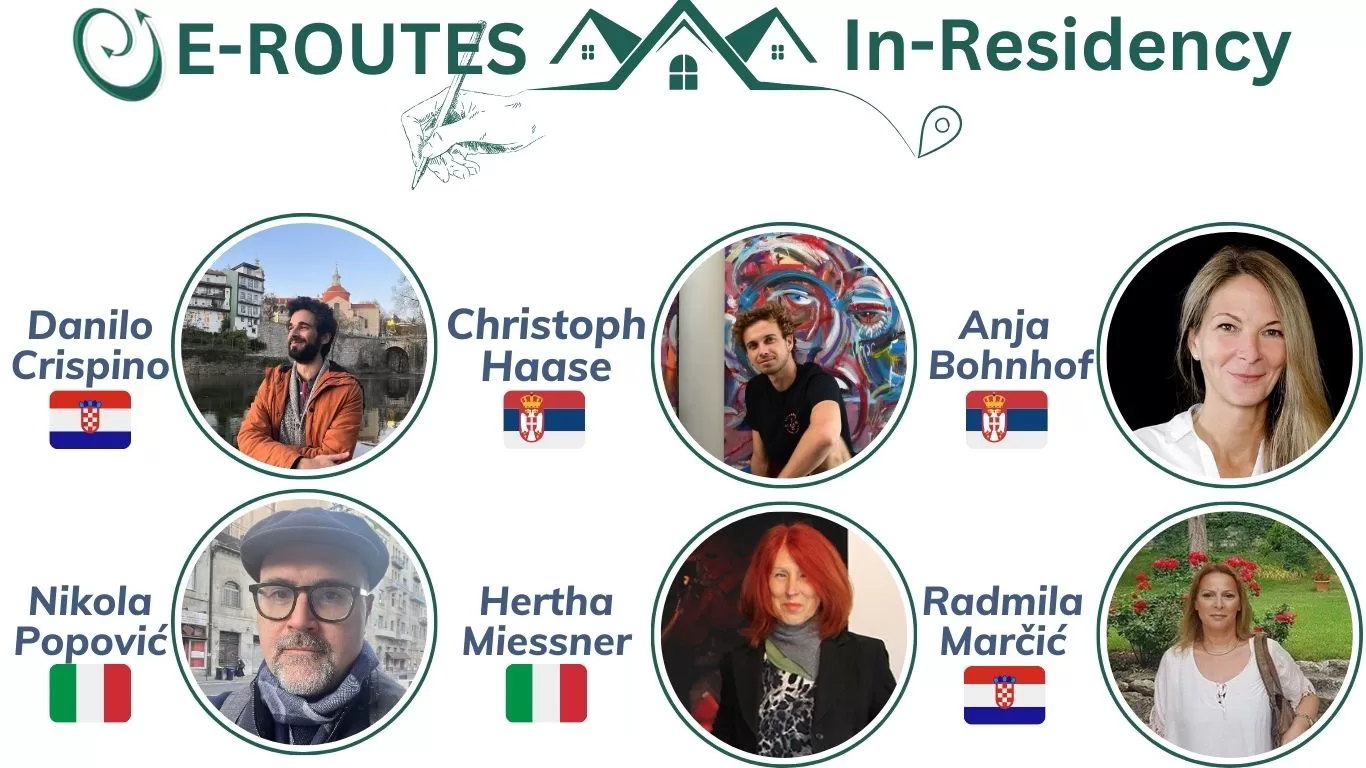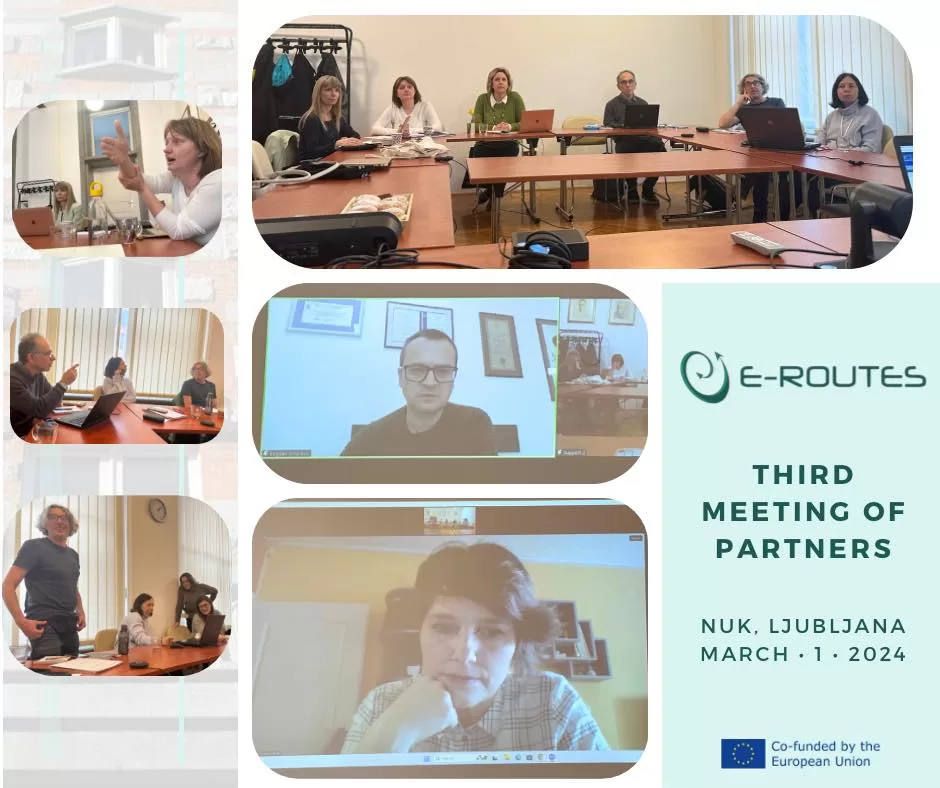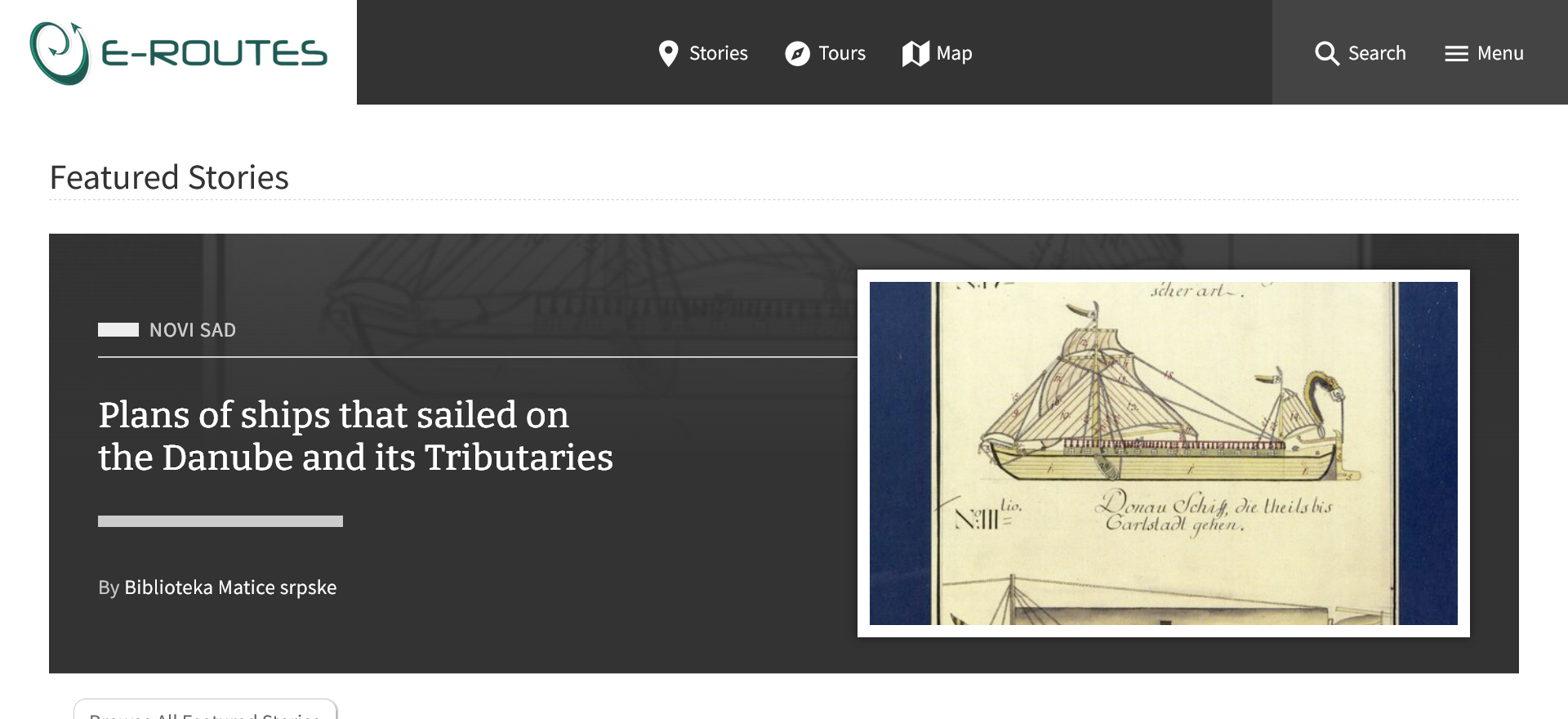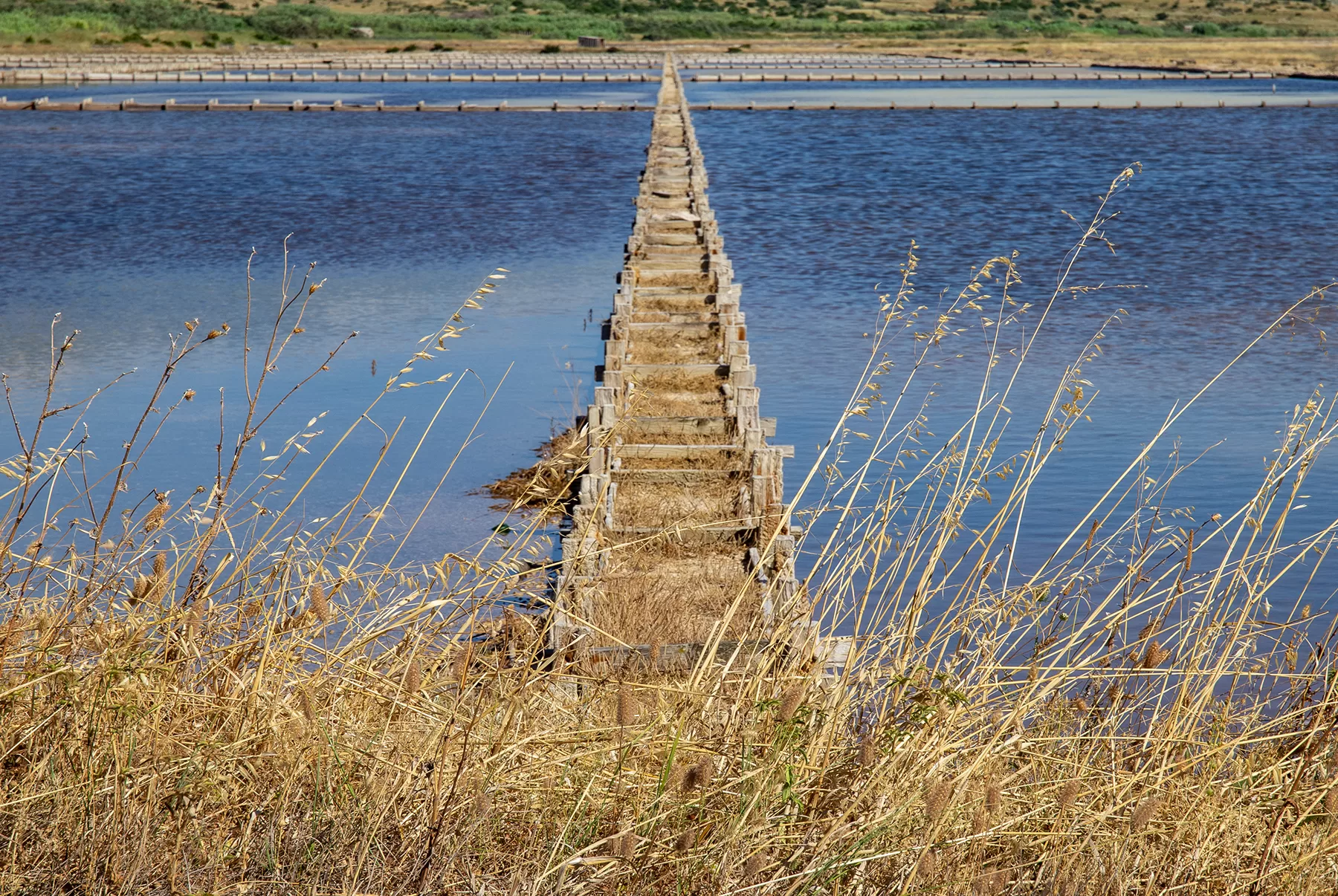|
|
|

|
In the second half of the project's timetable
The E-ROUTES is back with another newsletter, which covers the end of 2023 and first months of 2024. It was an exciting and busy period for the project team, so stay tuned with our cover of the previous four months. We have news about the mandatory 18 month periodic report to the EACEA regarding the project's progress, information about the third team meeting in Ljubljana, introduction of selected six E-ROUTES in-residents authors, and blog story about the island of Pag in Dalmatia.
|
What's new?
The third team meeting was held in Ljubljana, the capital of Slovenia, on 1 March 2024. Our hosts were colleagues from the National and University Library in Ljubljana (NUK), one of the project's partners. The meeting was organized as the hybrid event, with the presence of representatives of all partners in the National and University Library and online participation. Meeting Agenda was full with presentations and discussions about digital collection development, In-Residency Programme, project updates and next steps in accordance with a timeline of the project.
|
The E-ROUTES team successfully conducted in November and December 2023 an open-call for in-residency program applications. From 110 outstanding applications, we have chosen 6 contemporary authors who will create in Serbia, Croatia and Italy! You may find their names and photos on the project's website, paired with their selected countries of residence. We are looking forward to offer these exceptional and creative individuals an opportunity to travel, inspire and be inspired, and contribute to E-ROUTES and host partners in all three countries. The project team will soon publish additional information about in-residency participant and their projects.
|
The E-ROUTES team proudly announces that the 18 month periodic report to EACEA as the granting agency, which covers the project's progress for the first half of timetable, was accepted after evaluation. We are thankful to the EACEA and our project officer!
|
"E-ROUTES: Time travel routes through Europe" is the Creative Europe project co-funded by the European Union (Call: CREA-CULT-2021-COOP), Project number: 101056580, through the the European Education and Culture Executive Agency (EACEA) as the EU granting authority.
|
|
For more information about the project please check the following links:
|
|
|

|
|
|
|
|
Third team meeting in Ljubljana
|
|
Thanks to the excellent organization of the meeting by the Slovenian partners, the participants had an exceptional opportunity to visit the beautiful NUK building, walk through the center of Ljubljana enjoying a storytelling about Ljubljana's architecture and the following joint dinner.
|
|

|
E-ROUTES Travel Route Stories Application
|
|
One of the deliverables and results of the project is a dedicated E-ROUTES application for the travel route stories and a map of new cultural routes. In the very beginning of 2024 the team started to work on practical realization of this application, which will be revealed as a both web and mobile application in 2025.
|
|

|
|
|
|
|
|
|
Island of Pag, magic of wind and salt
The E-ROUTES project continues publication of great stories on its blog, about incredible places which can be described as unique blends of natural, historical and cultural heritage at one place. This time we have an excellent blog post about the Island of Pag in Dalmatia, Croatia, for which Melanija and Janko Belaj provide text and photos! Read more about the place where the magic of wind and salt creates incredible images, and find out more about how consuming the cheese of Pag makes you at the same time the consumer of the island’s culture!
|
|
“One cannot escape from thinking about salt, and salty landscape when visiting Pag Island. Why is that so? Pag Island’s tourism has always advertised its peculiar landscape, but also particular cuisine markers such as Pag cheese, Pag lamb and actual Pag salt. The island is well-known for scarce vegetation in some parts, which are often compared to the Moon’s surface. However, in addition to the scarce landscape with vegetation on the island of Pag, it is possible to find fields of cattail and specific holm oak forests. Rocky landscape and sheep grazing a few aromatic herb leaves – quite an impressive image. Because of its position below Velebit Mountain, the island is exposed to the strong wind called bora (particularly in wintertime). Bora is a strong, dry and cold wind, changeable – swiftly changing direction and speed; turbulent wind blowing from mainland, mostly in colder part of the year – usually along eastern coast of the Adriatic Sea. Bora is a turbulent wind from the land that mainly blows along the eastern coast of the Adriatic Sea in the cold season, and originates at Velebit. Although it purifies the air, the inhabitants of the island of Pag often experience the unpleasant consequences of this wind. In addition to changing the landscape, storms also affect their lives – the island is often cut off from the mainland due to strong storms, and the locals are also cut off from each other. Sometimes, due to strong gusts, children do not go to school in other places on the island.”
|
|

|
|
|
 
|
|
|
|
|
|
|
|